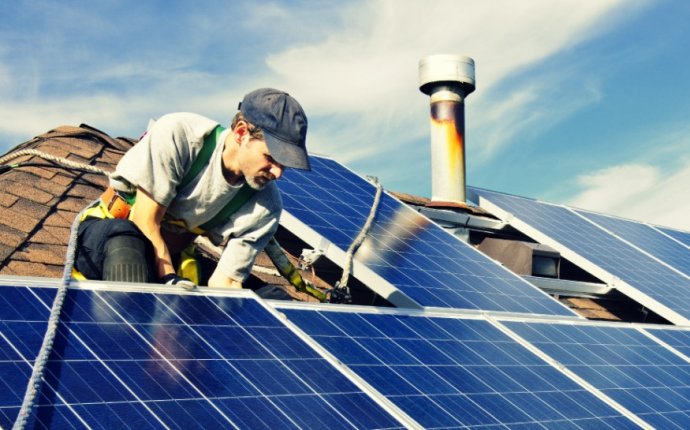
Affordable solar Panels
There was a time when solar panels were prohibitively expensive and only the wealthiest homeowners could afford them. That has changed with dramatic price drops over the last several years. Today’s solar panels cost 10 percent less than they did last year, a trend that has borne out since the 1980s, according to Oxford University Researchers.
When it comes to making the choice on which panels to buy, it is important to remember that “most affordable” does not necessarily mean “cheapest.” A solar array might cost more at the start, but better efficiency might mean that it produces more and longer than other panels, making it a smarter and a more “affordable” investment in the long run.
Top 25 Most Affordable Solar Panels
When it comes to the initial outlay of cash, which solar panels are the most affordable for homeowners? Those looking to get their solar panels up and running with as little impact on their bottom line as possible can check out these top 25 affordable panels on the market today.
Please note: Solar panel technology changes quickly and what is very affordable today might be replaced by something even more affordable tomorrow. To be certain of prices, check with the manufacturer or contractor before ordering panels, but this chart will give you an understanding of approximate costs from a variety of manufacturers and for a variety of solar panels. This chart is based on the pricing of single solar panels; however, purchasing by the pallet or through a contractor can usually make the per-panel price significantly cheaper.
Factors Affecting Solar Affordability
The cost of solar panels is set by the manufacturer based on many points such as the efficiency and expected longevity of the panels. As you might imagine, the higher the efficiency over a long period of time, the more expensive the panels will likely be.
How the panel is made matters. There are various types of units, including monocrystalline (single crystal), polycrystalline (multiple crystals), gallium arsenide, cadmium telluride, and amorphous silicon – and that’s just what is available at the moment. With the ever-changing technology of solar, it is entirely possible that more varieties of solar panels units will hit the market soon.
Typically, monocrystalline panels generate the most watts per area, which means fewer panels can be used to produce the needed amount of electricity, and that takes up less space. This higher efficiency usually means that monocrystalline panels are more expensive; however, other factors come into play as well, such as warranties, durability and more.
Finally, remember that solar panels are only one part of the total cost of the system. Though this page will teach homeowners how to calculate panel value and showcase a few points that are necessary to make the right choices concerning their solar panels, there are other parts of a system a homeowner needs to consider.
Solar Expert Q&A
In order to get a grasp on what makes solar panels truly affordable, we reached out to Brilliant Harvest founder Bill Johnson. His many years of experience in the solar industry have led to valuable insights into what homeowners need to know when they begin the search for solar panels that fit their budget and their energy needs.
How should a homeowner begin when comparing solar panels?The key factors to consider when comparing solar panels are performance (they should produce the power that the rating leads you to expect), quality, durability and beneficial warranty terms. Aesthetics can also play a role in a consumer’s decision-making process.
There are annual lists produced by solar publications of the top PV panel manufacturers. These resources make it easy to learn which manufacturers make a quality product – and which ones to avoid.
Why are some solar panels cheaper?As a consumer, you are making a long-term investment in your solar panels and what you think is a great deal on an unknown panel may turn out to be a bad deal in the long run. In addition, because of the economies of scale related to solar PV production, often the largest, most reputable manufacturers have some of the lowest cost panels on the market.
Can you look at a solar panel and tell if it’s cheaply made?Unlike many products, solar panels have no moving parts, so it’s often difficult to tell by just looking if a panel is cheaply made. The market for solar PV is exploding globally and because of this there are companies around the world and in the U.S. that are willing to cut corners to gain market share. These defects are often not visible to the average consumer but result in lower-than-rated power output, possible safety issues, and long-term durability problems.
What about used solar panels?








